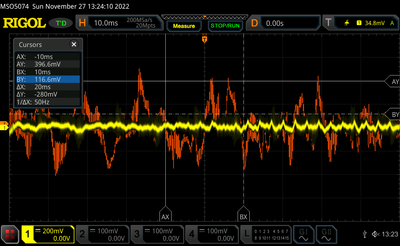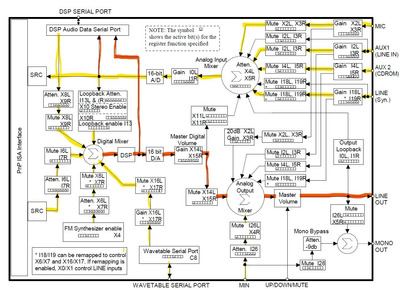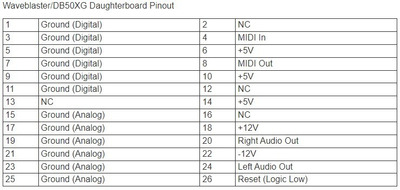vutt wrote on 2022-11-29, 19:49:
Thought I could utilize Orpheus WT header as just another module in my "chain". Well I cant turn WT module off/vol down in sb mode if I want to use any other external midi. They are all sharing same midi port.
On the surface, this is a simple problem to solve, and a simple use case. The problems appear when you start dealing with sloppy software implementations (Doom, among many others).
Part of the problem with Sound Blaster-compatibility mode is that Crystal was constrained by the primitive SB Pro mixer interface. The way Orpheus is designed, the WT audio is controlled by the FM mixer level when in Sound Blaster-compatibility mode. As you've discovered, the main mixer options (in the [mixer] section in ORPHINIT's configuration files) have no effect in SB compatibility mode; you must instead use the SB-*Vol entries in the [sb-mode] section. So, the settings of interest to you would be SB-FMVol (for FM and WT daughter boards) and SB-LineVol if you are routing any of your other modules through Orpheus. As stated in the comments within the file, the range is only from 0 (mute) to 7 (maximum volume); thank Creative for that incomprehensibly limited design choice.
To mute the WT module when using another source for music, you should simply be able to set SB-FMVol to 0. I say "should" because software has a bad habit of indiscriminately changing mixer values during start-up. Try it and see if you get the results you seek.
Unfortunately, Crystal decided that, upon entering SB-compatibility mode, the mixer values of all sources supported by Creative's primitive mixer would be reset to default Sound Blaster values, so any previous settings are over-written during the mode switch. Crystal also seems to have taken a short-cut in implementing their register mapping for SB-mode, which has the effect of over-writing other settings of the chip if software does things it isn't really supposed to. Doom is one such title, and that appears to be the reason for the odd S/PDIF behaviour. I have a few ideas that should help this problem, though they likely won't solve all problems for all titles. That is for a future version of ORPHINIT; if you insist on UNISOUND, I can't do much for you.



